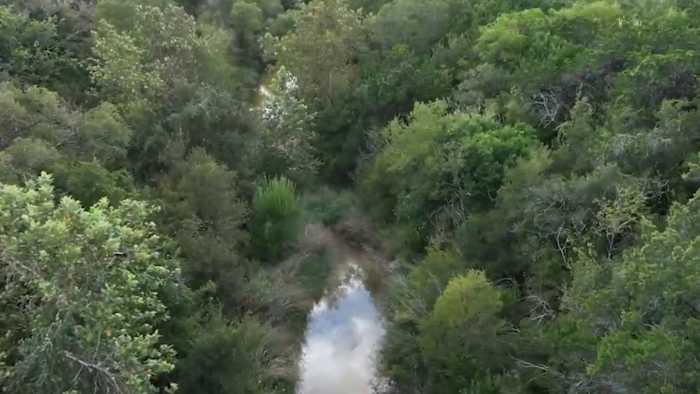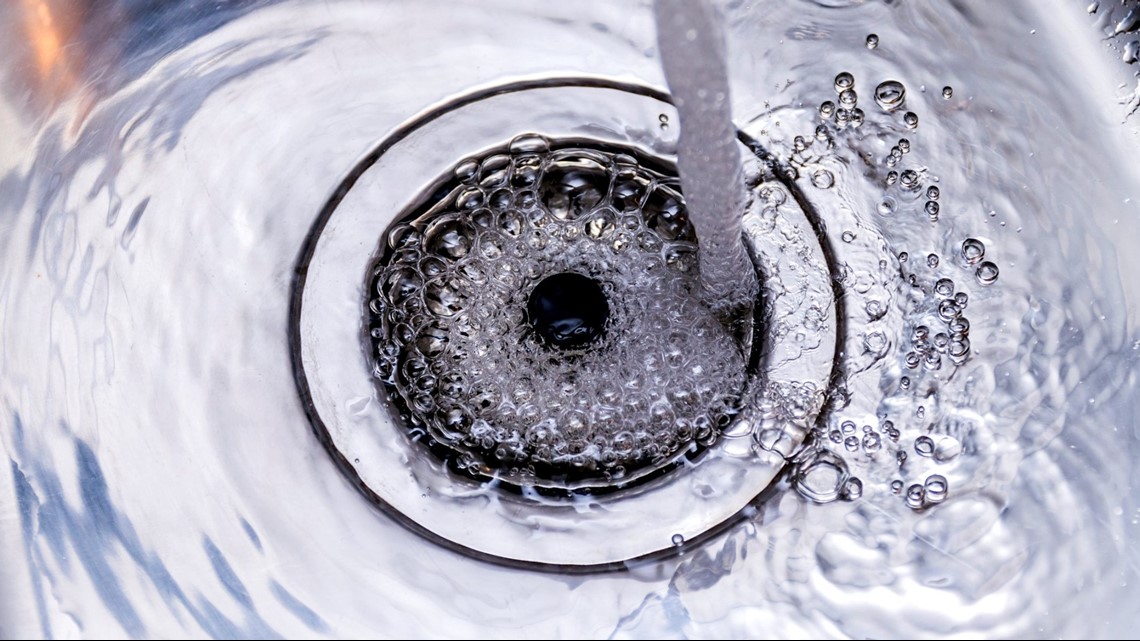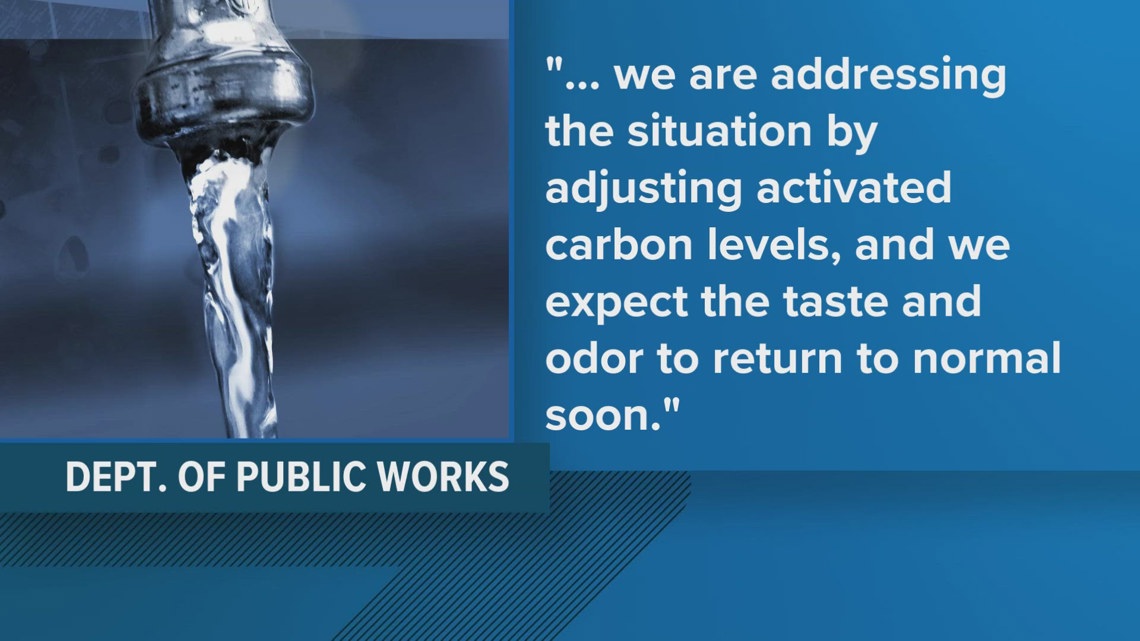Report on the Pagosa Area Water and Sanitation District (PAWSD) Leak Detection Initiative and its Contribution to Sustainable Development Goals
Introduction: Addressing Water Scarcity and Infrastructure Challenges
The Pagosa Area Water and Sanitation District (PAWSD) has initiated a strategic project to address significant water loss within its system. This issue presents a direct challenge to the sustainable management of water resources, a core tenet of the United Nations Sustainable Development Goals (SDGs). The district’s efforts to mitigate water loss through innovative leak detection align with global objectives for resource efficiency and resilient infrastructure.
- Problem Statement: High levels of water loss and infiltration of external water into the wastewater collection system.
- Primary Challenge: Difficulty in locating subterranean leaks across the water distribution network.
- Strategic Goal: Enhance water-use efficiency and ensure the long-term sustainability of the local water supply, directly supporting SDG 6 (Clean Water and Sanitation).
Technological Intervention: Aligning with SDG 9 (Industry, Innovation, and Infrastructure)
To overcome the challenge of locating non-visible leaks, PAWSD has partnered with Asterra, a company utilizing advanced satellite technology. This collaboration represents an investment in innovative and sustainable infrastructure management, a key target of SDG 9.
- Satellite Scanning: Asterra employs satellites that emit radio spectrum waves to scan below the ground surface.
- Water Detection: The technology is specifically calibrated to detect the presence of treated drinking water, distinguishing it from groundwater.
- Data-Driven Action: Satellite imagery, captured in February and September, identified multiple points of interest for potential leaks, enabling a targeted approach to verification and repair.
Operational Update and Preliminary Findings
An operational update was provided at the PAWSD Board of Directors meeting on October 15. Asterra field staff commenced a 10-day ground verification process on October 13, using sounding equipment to pinpoint leaks in areas identified by satellite analysis. The initial findings demonstrate the program’s effectiveness in promoting responsible resource management, a principle of SDG 12 (Responsible Consumption and Production).
Initial Leaks Identified:
- A significant leak of 25 gallons per minute was located on Dayspring Place. This leak was not visible on the surface, highlighting the value of the subsurface detection technology.
- One leaking fire hydrant was also identified.
- Three leaking meter bottoms, resulting from prior winter weather conditions, were detected and scheduled for repair.
PAWSD staff will prioritize the GPS-marked locations for excavation and repair once current weather-related demands subside.
Conclusion: Advancing Sustainable Community Goals
The PAWSD-Asterra initiative is a promising step towards achieving greater water security and operational efficiency. By leveraging innovative technology, the district is making measurable progress on several Sustainable Development Goals.
- SDG 6 (Clean Water and Sanitation): The project directly addresses Target 6.4 by working to substantially increase water-use efficiency and ensure sustainable freshwater supplies.
- SDG 9 (Industry, Innovation, and Infrastructure): The adoption of satellite leak detection technology demonstrates a commitment to developing reliable, sustainable, and resilient infrastructure.
- SDG 11 (Sustainable Cities and Communities): Efficient management of water resources is fundamental to creating resilient and sustainable communities.
District officials expressed optimism that this program will provide a tangible solution to long-standing water loss issues. The successful identification of even a few significant leaks is viewed as a cost-effective investment, reinforcing the viability of this technology-driven approach to sustainable water management.
Analysis of Sustainable Development Goals in the Article
1. Which SDGs are addressed or connected to the issues highlighted in the article?
-
SDG 6: Clean Water and Sanitation
This is the most directly relevant SDG. The article’s central theme is the management of water resources by the Pagosa Area Water and Sanitation District (PAWSD). It specifically discusses the problem of “High levels of water loss” from the drinking water system and the district’s efforts to address this issue, which is a core component of sustainable water management.
-
SDG 9: Industry, Innovation, and Infrastructure
The article highlights the use of innovative technology to solve an infrastructure problem. PAWSD is using a company, Asterra, that “uses satellites emitting waves in the radio spectrum to scan below the ground surface and detect areas with treated drinking water.” This application of advanced technology to maintain and improve the efficiency of essential water infrastructure directly aligns with SDG 9.
-
SDG 11: Sustainable Cities and Communities
The efforts described in the article contribute to making the Pagosa community’s infrastructure more sustainable and resilient. By reducing water loss, PAWSD is ensuring the long-term viability and efficiency of a basic service essential for the community. This work supports the development of sustainable and resource-efficient local infrastructure.
2. What specific targets under those SDGs can be identified based on the article’s content?
-
Target 6.4: By 2030, substantially increase water-use efficiency across all sectors and ensure sustainable withdrawals and supply of freshwater to address water scarcity and substantially reduce the number of people suffering from water scarcity.
The article directly addresses this target. The entire project is aimed at tackling “High levels of water loss” to increase the efficiency of the water distribution system. By finding and repairing leaks, PAWSD is working to ensure that the freshwater it supplies is used efficiently and not wasted, which is the essence of this target.
-
Target 9.1: Develop quality, reliable, sustainable and resilient infrastructure, including regional and transborder infrastructure, to support economic development and human well-being, with a focus on affordable and equitable access for all.
The PAWSD’s water system is a critical piece of local infrastructure. The article describes a program to locate and repair leaks, thereby improving the system’s reliability and sustainability. The statement that crews would be sent out to “start excavating and repairing lines” is a direct action towards maintaining and upgrading this infrastructure.
-
Target 11.b: By 2020, substantially increase the number of cities and human settlements adopting and implementing integrated policies and plans towards inclusion, resource efficiency, climate change adaptation and resilience to disasters, and develop and implement, in line with the Sendai Framework for Disaster Risk Reduction 2015-2030, holistic disaster risk management at all levels.
The actions of the PAWSD represent the implementation of a local plan focused on resource efficiency. The district’s decision to hire Asterra and create a process to prioritize and fix leaks is a clear example of a local governing body implementing a plan to manage its water resources more efficiently, as described in the article: “the potential leaks that Asterra staff located would be marked on GPS and later be prioritized by PAWSD staff.”
3. Are there any indicators mentioned or implied in the article that can be used to measure progress towards the identified targets?
-
Indicator for Target 6.4 (Water-Use Efficiency):
Yes, a direct quantitative indicator is mentioned. The article states that the technology located a “25 gallon-per-minute leak.” This specific measurement of water loss serves as a direct indicator of the inefficiency the district is trying to solve. The total volume of leaks found and repaired (measured in gallons per minute) can be used to track progress in increasing water-use efficiency.
-
Indicator for Target 9.1 (Infrastructure Reliability):
The article implies an indicator through the number of infrastructure failures identified and addressed. It mentions the discovery of “one leak that the company identified on Dayspring Place,” as well as “a leaking fire hydrant and three leaking meter bottoms which had already been repaired or would be addressed.” The count of such repairs serves as a practical indicator of the effort to improve the reliability of the water infrastructure.
-
Indicator for Target 11.b (Resource Efficiency Plan):
The existence and progress of the leak detection program itself is an indicator. The article describes it as a “program startup” and quotes a board member evaluating its potential success: “if they find 25, 30 gallons per minute of leaks, I feel like we got a decent deal out of it.” This suggests that the cost-effectiveness and the volume of water saved are key performance indicators for this resource efficiency plan.
4. Table of SDGs, Targets, and Indicators
| SDGs | Targets | Indicators |
|---|---|---|
| SDG 6: Clean Water and Sanitation | Target 6.4: Substantially increase water-use efficiency. | The volume of water loss identified and repaired, as exemplified by the “25 gallon-per-minute leak” mentioned in the article. |
| SDG 9: Industry, Innovation, and Infrastructure | Target 9.1: Develop quality, reliable, and sustainable infrastructure. | The number of infrastructure faults identified and repaired, such as the “leaking fire hydrant and three leaking meter bottoms.” |
| SDG 11: Sustainable Cities and Communities | Target 11.b: Implement integrated policies and plans towards resource efficiency. | The implementation and evaluated success of the leak detection program, measured by the volume of leaks found relative to the cost of the program. |
Source: pagosasun.com






